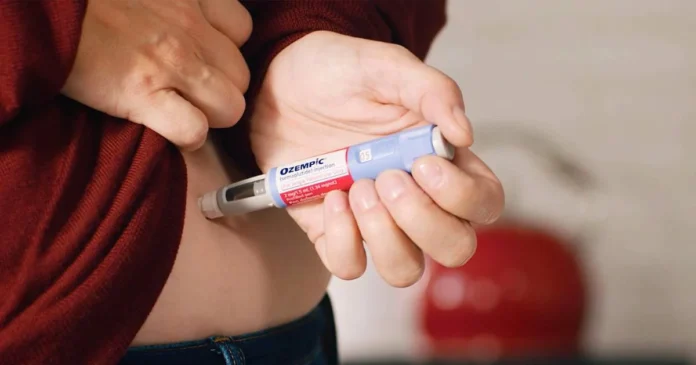
Sometimes a medical revolution becomes a collective mirage. From the sanitized corridors of the laboratories to the flashy hashtags of Tiktok, the Ozempic – antidiabetic drug that has become a weight loss star – has been transformed into a pop icon, in chemical totem of a generation haunted by the balance. Report at the borders of medicine, attention economics and adolescent discomfort under digital infusion.
The needle in the story
Jackelin is 15 years old. She lives in California, loves ASMR videos, smoothies with Açai berries and Baggy clothes. For the past year, it has been injecting semaglutide every week – the active principle of Ozempic, better known as Wegovy’s trade when used to treat obesity. Diagnosed pre-diabetic, it is one of 25,000 American teens to which the treatment was prescribed in 2023 according to theAmerican Academy of Pediatrics. But around her, everyone has no prescription.
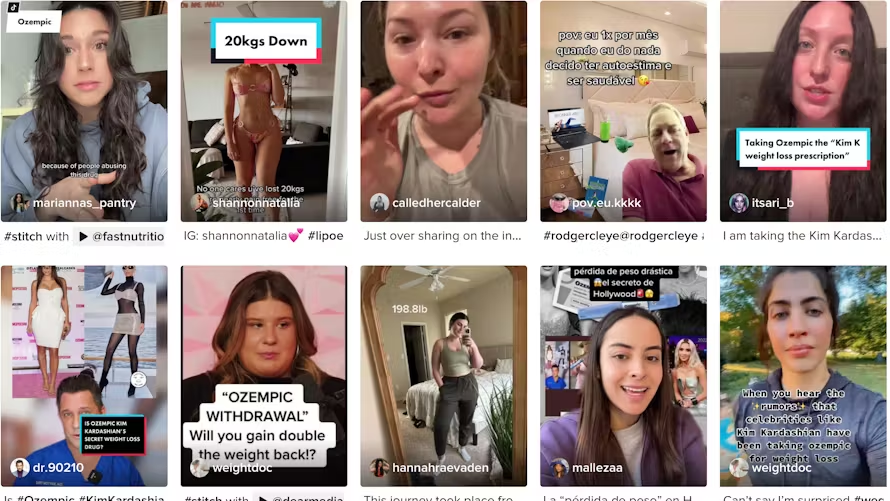
On Snapchat and Tiktok, thousands of accounts offer advice, divert prescriptions, sometimes even resell the pens injectable to the black market. In videos, faces are young, often bleached by a filter. The sentences parade: “Lost 20 lbs in 2 months”, “No appetite anymore”, “Just trust the Oz”. Before/after montages, in music. Likes. Shares. An algorithmic loop.
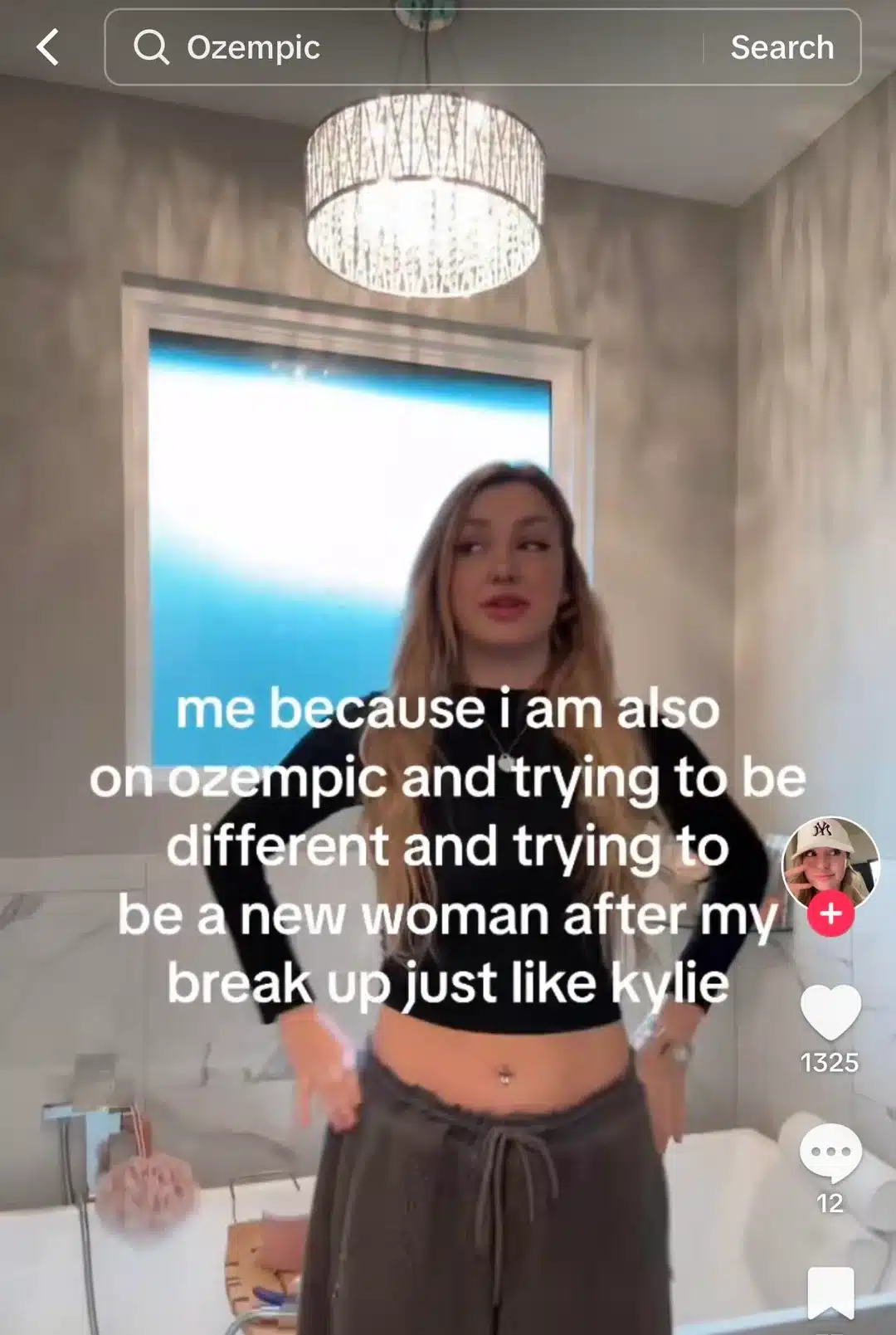
A demand that explodes, a science that gropes
Originally, Ozempic is a type 2 anti -diabetic drug intended for adults. Its major side effect – significant weight loss – made it a prized product of Hollywood stars, then influencers and finally … high school students. In 2021, the FDA extended the Wegovy approval to obese adolescents over 12 years old. Since then, the prescriptions have soared: +600 % in 12–17 year olds between 2021 and 2024according to NBC News data.
But science remains cautious. A study published in February 2024 in The New England Journal of Medicine shows that in 68 weeks, treated teens lost an average of 16 % of their body weight. Impressive, but at what price? Nausea, digestive, pancreatitis disorders, and above all, potential dependence for life at an expensive molecule (around $ 1,300 a month in the United States, rarely reimbursed).
“We do not know how these young people will react in 10 or 15 years,” alerts Dr. Samantha Lee, a pediatric endocrinologist in Boston. “The body is growing. Deleting appetite in an artificial way could permanently unbalance the metabolic and hormonal system.”
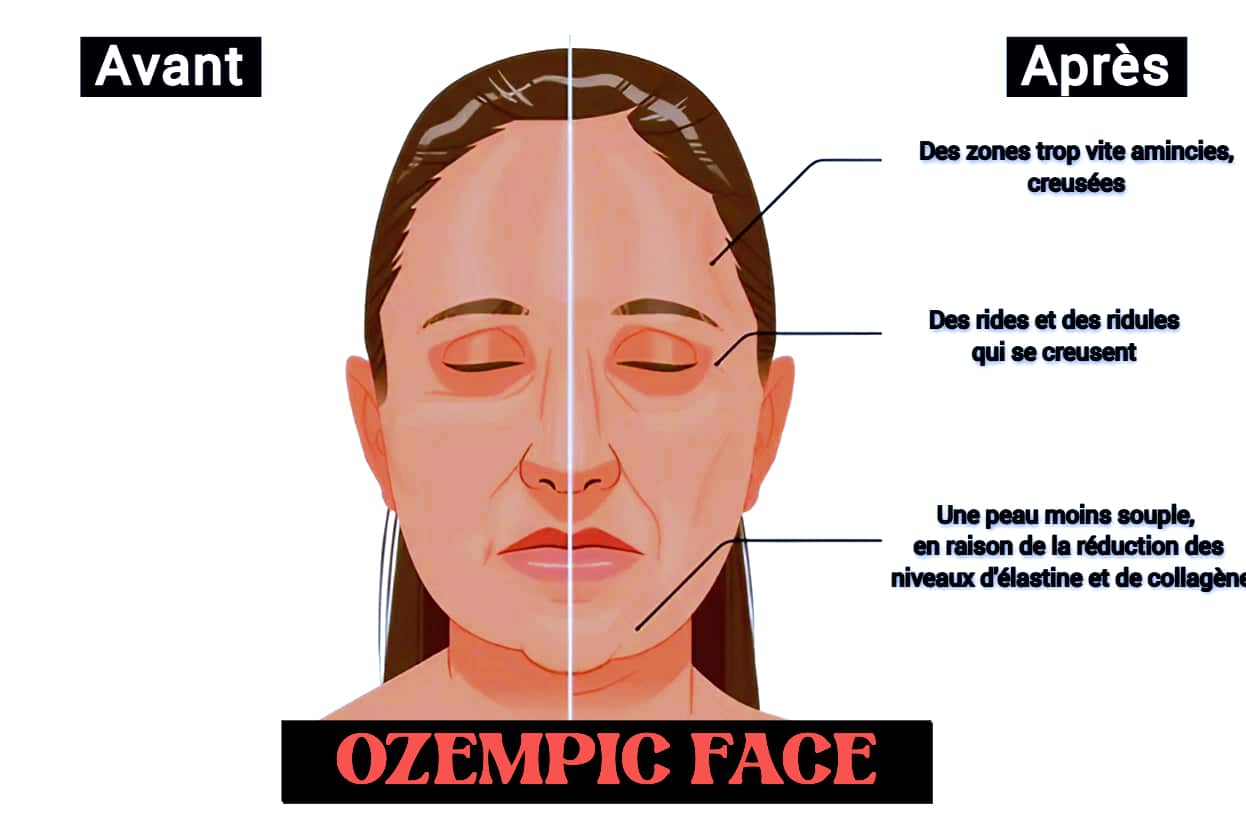
Slimming as a social storytelling
At the Lycée de Phoenix where Laura Hernandez, guidance councilor teaches, the phenomenon has become a public taboo. “Young girls compare themselves on Bereal, on Insta, on Tiktok. They count the grams as we counted the likes. Ozempic, it has become a form of chemical concealment: we erase the body to enter the mold.”
Some students film themselves refusing a muffin at the cafeteria, others ask their doctor a “little boost” for the summer. We also whisper the diverted use of a derivative, nicknamed “Oatzempic”On Tiktok: a mixture of oats, syrup and natural laxatives supposed to“ mimic the appetite suppressant effect ”. The border between medicine and food disorder fades in transition effects, tiktok cuts, meal plans and emaciated faces, admired as trophies.
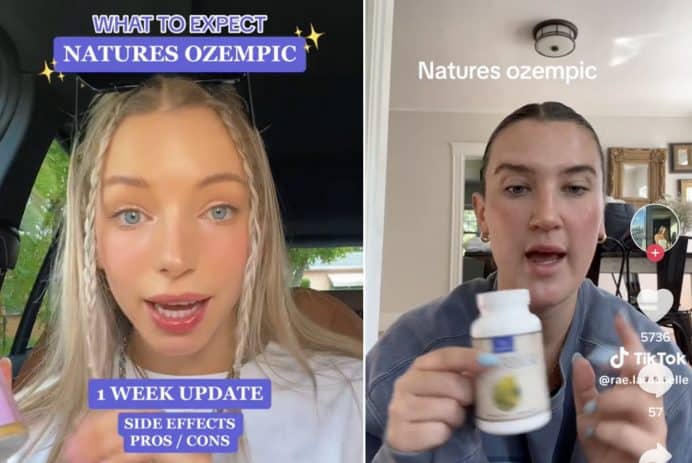
Outdated parents, pressure physicians
On the parents’ side, opinions diverge. Some see it as an opportunity to break the cycle of obesity, to avoid mockery, the risk of diabetes, discrimination. Others are worried about seeing their teenager submit to a weekly injection to correspond to unreal standards.
On the Reddit forums, the testimonies are multiplying: “My daughter is 14 years old, she lost 10 kg, she feels better, but she now refuses any meal unattended,” writes a mother. Another user declares: “My nephew has grabbed a box of Ozempic on Vinted. He injected it in the evening.”
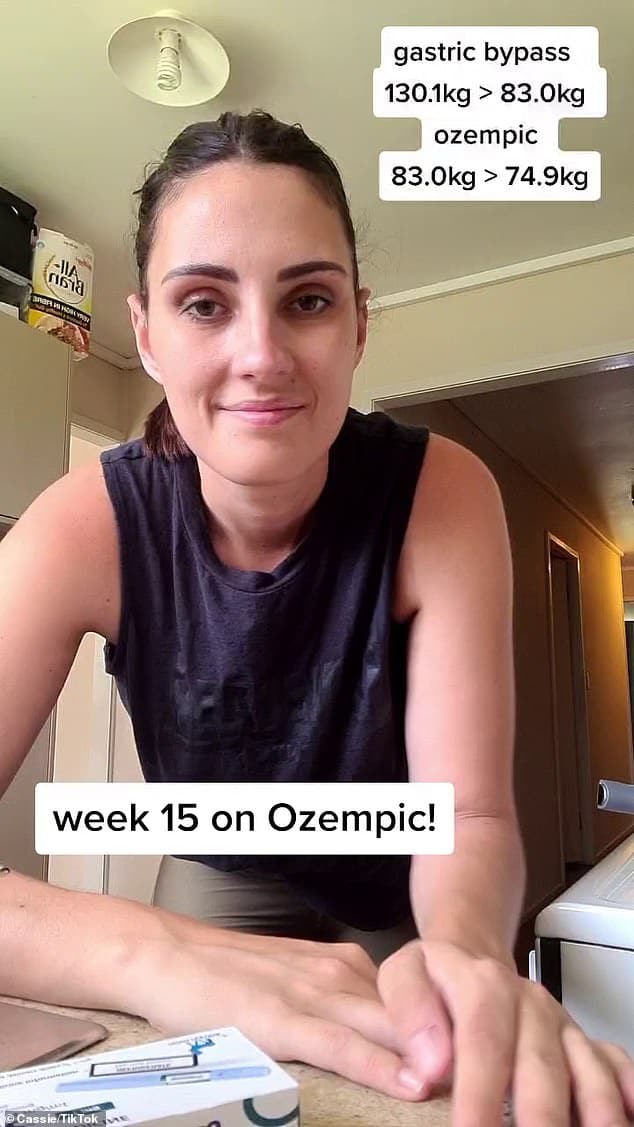
Towards a generation under injection?
Faced with the magnitude of the phenomenon, the health authorities grop. THE CDC Calls for vigilance, the FDA strengthens the control of prescriptions, but the parallel market explodes. The problem is also cultural: the obsession of the “ideal” body finds in these molecules a technological shortcut instead of a substantive debate.
A study published by Michigan Medicine In May 2024 reveals that 38 % of American teenagers aged 13 to 17 consider Take a medication to lose weight, even without declared obesity. For them, the Ozempic is no longer a treatment, it is a promise of transformation.
The symptom of a larger evil
The Ozempic is not in question as a molecule: in a framed medical framework, it saves lives. But its viral use among American adolescents, catalyzed by social networks and the economy of appearance, reveals a deep cultural flaw. In a society that values image more than health, transformation more than acceptance, weekly injection becomes a rite of passage. The body is hacked, the puberty bypass, the suffering standardized. In the end, it is not a drug that this generation would need, but a cultural antidote.
- Average weight loss: 16 % of body weight after 68 weeks.
- Frequent side effects: Nausea, fatigue, digestive disorders.
- Average cost: About $ 1,300/month, not reimbursed.
- FDA : Authorization for obese adolescents over 12 years old (2021).
